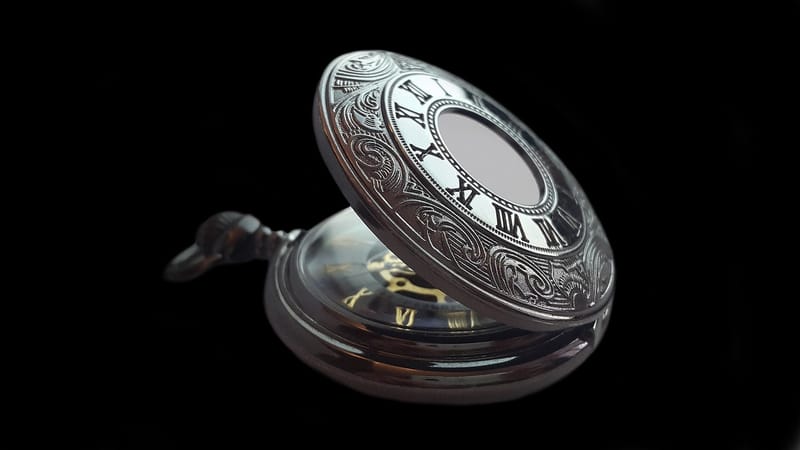Time Travel - Part 1
Exploring Time Jumps - Part 1
Time jumps, also known as temporal shifts or chronological leaps, are a narrative device used in literature, film, and television to propel the story forward or backward in time. They can add depth, complexity, and intrigue to a storyline, allowing the audience to experience different periods or moments in a character's life. Let's delve into the fascinating world of time jumps and uncover their significance in storytelling.
Types of Time Jumps
There are several types of time jumps that storytellers can utilize to enhance their narratives:
- Flashbacks: These are scenes that depict events that occurred before the current timeline of the story. They provide context, backstory, and insights into characters' motivations.
- Flash-forwards: In contrast to flashbacks, flash-forwards show events that will happen in the future, creating anticipation and suspense for the audience.
- Time Loops: Time loops involve characters being trapped in a cycle where they repeatedly experience the same events, often with variations or attempts to break free.
- Parallel Universes: Stories featuring parallel universes explore different versions of reality where characters make different choices and face alternate consequences.
Why Do Authors Use Time Jumps?
Authors incorporate time jumps into their narratives for various reasons:
- Character Development: Time jumps allow authors to showcase how characters evolve over time, highlighting their growth, struggles, and transformations.
- Plot Twists: By manipulating the timeline, authors can introduce unexpected plot twists, revelations, and mysteries that captivate the audience.
- Building Suspense: Time jumps can build suspense by revealing crucial information gradually or by foreshadowing future events.
- Exploring Themes: Time jumps enable authors to explore themes such as fate, choice, consequences, and the passage of time in a nuanced manner.
Examples in Pop Culture
Time jumps have been widely used in popular culture to great effect. Some notable examples include:
- Back to the Future: This classic film trilogy incorporates time travel and multiple time jumps to create a thrilling adventure across different eras.
- Lost: The TV series employs flashbacks, flash-forwards, and even flash-sideways to unravel the mysteries of the island and its characters.
- Cloud Atlas: Both the novel and the film adaptation feature interconnected storylines spanning centuries, demonstrating how actions reverberate through time.
Stay tuned for Part 2 of our exploration into time jumps, where we'll delve deeper into their impact on storytelling and highlight more examples from diverse media.

